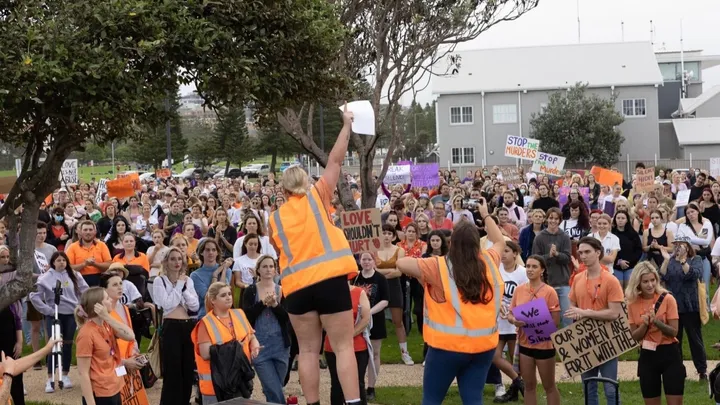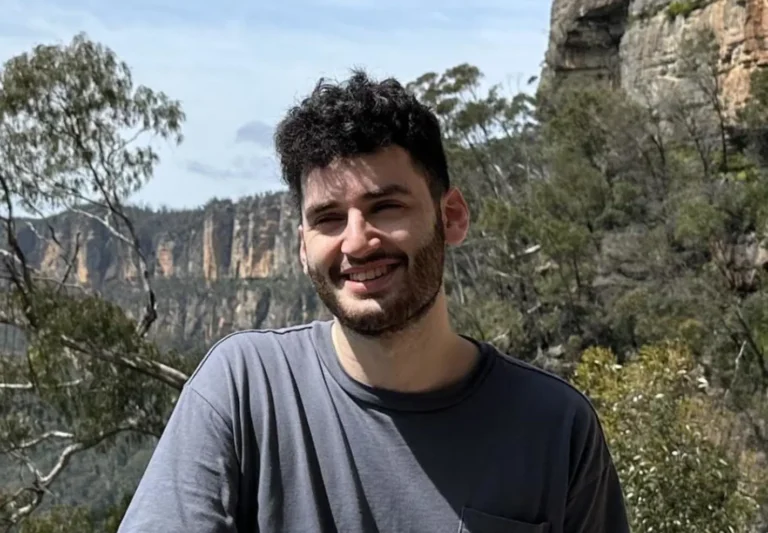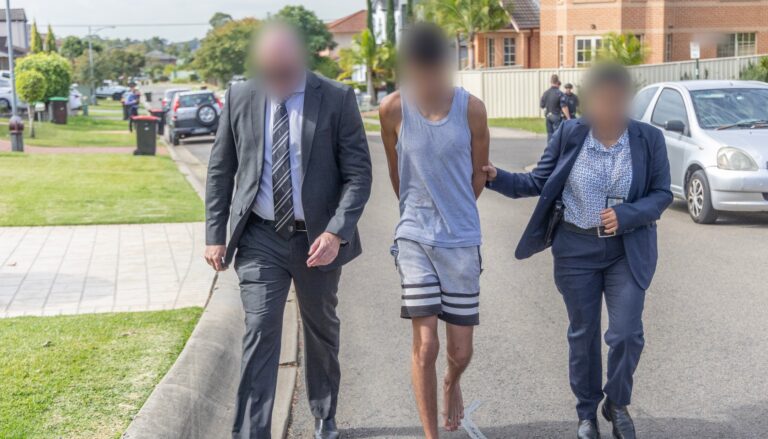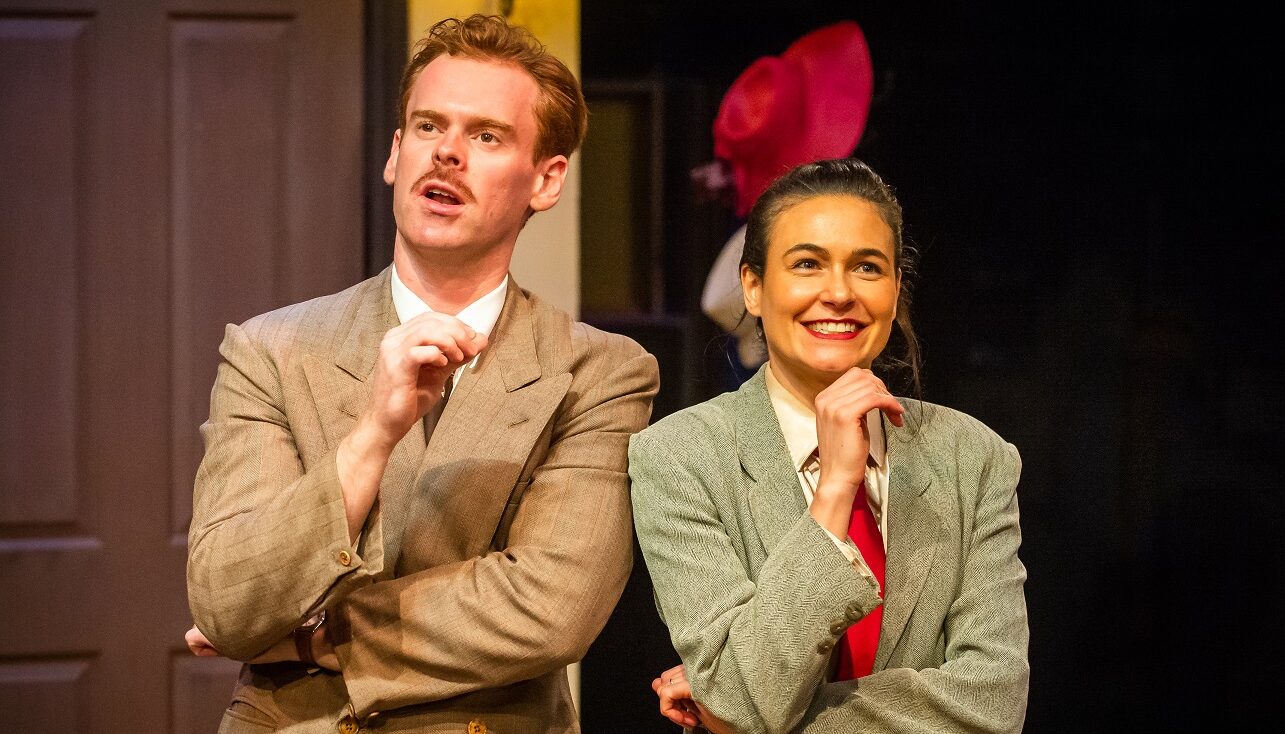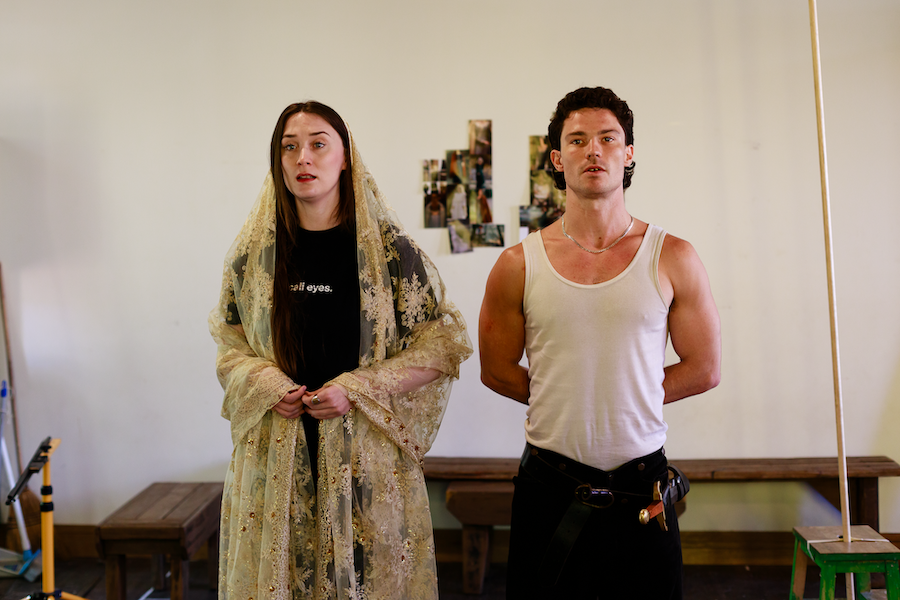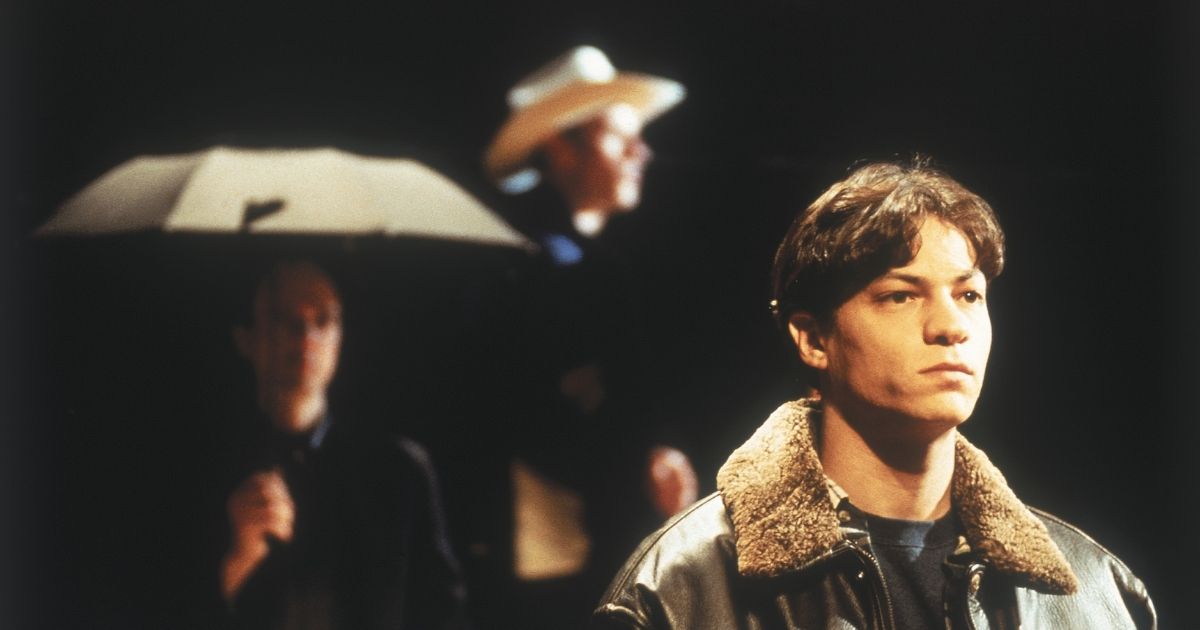
Recalibrating Culture

By Rita Bratovich.
As a major world city, Sydney has an established, albeit constantly evolving, artistic and cultural personality. The city and inner urban localities are clustered with theatres, art schools, entertainment centres, studios – all the facilities and infrastructure that are indicative of and further promote a mature creative culture.
However, Sydney itself is growing at a speedy rate geographically, with a perimeter that re-positions like the watermark on an incoming tide. With that, a clear divide has emerged between metropolitan Sydney and what is regarded as Greater Western Sydney; a divide that is reflected in the culture, art and psyche of the respective populations.
Last week, Western Sydney University’s Institute for Culture and Society (ICS) released a report that had been several years in the making.The report was launched at the Sasula Powerhouse Arts Centre which has become the hub for Greater Western Sydney’s arts community and is currently hosting six exciting exhibitions.
Entitled Recalibrating Culture, the aim of the report was:
“To understand the work practices of artists and cultural practitioners who live and/or practice in Greater Western Sydney. The research aimed to find out about the nature of artistic and cultural practice, how that work is undertaken, where it is done, and what is needed for arts and cultural practice to happen and prosper.”
It’s the first study of its kind and examines the career potential, needs, lifestyle and opinions of artists and cultural practitioners in Greater Western Sydney. The idea first germinated in the mind of Dr Michael Volkerling, who passed that curiosity onto colleagues Professor David Rowe and Professor Deborah Stevenson. Together they developed a proposal which they took to the Australian Research Council (ACR), receiving a Linkage Project grant.
Sadly, Dr Volkerling died suddenly in 2014, leaving the others to complete the work.
The project involved collecting data via an online survey and supplementing it with face to face interviews. Respondents had to live and/or work in art or cultural based activity in Greater Western Sydney, and derive a reasonable portion of their annual income from that activity.
Most of the results were not surprising. Respondents, in general found it difficult to earn income directly from their art.
“People are supplementing the money they make from their pure art with money they earn in the commercial sector… or by teaching,” says Prof Stevenson, one of the Chief Investigators and authors of the report.
There were various other means of support: super funds, a partner or family. Typically, the annual income of respondents was very low; they admitted to being motivated more by passion and community service, than money.
A large majority of respondents were women, and many of those were aged over 50, highly educated and actively engaged in art practice or facilitation.
Prof Stevenson noted that overall, rather than feeling inferior or excluded, the people in Greater Western Sydney felt there was something unique, pleasing and idiosyncratic about their environment, describing them as “a highly motivated and resilient creative population.”
One significant finding and a fact that is often overlooked by funding bodies is the intersectional nature of art. Most artists work across disciplines, either engaging with different skills or collaborating with other artists. This conflicts with the conventional concept of an artist as a specialist in one field – a problem because it leads to misguided implementation of programs, funding and infrastructure.
“What the study reveals is [that] the way infrastructure is done within the cultural sector needs to be re-thought,” explains Cecelia Cmielewski, also of ICS, who managed and contributed to the research. “The usefulness of the report will be that local councils, through their cultural programming will have a better ability to direct their resources.”
In the past, the approach has been to arbitrarily place a single purpose building in a central location and assume it will serve a particular creative need in the area. However, Cmielewski believes, and the report proves, that what is required is a multi-functional hub that facilitates a variety of disciplines and requirements. It should include multi-purpose space; studios; training rooms and equipment and flexible availability (times and usage).
This is not only pertinent to Greater Western Sydney but everywhere. Art and cultural practice has changed, with people and skills merging and even the work itself being an amalgamation of concepts and disciplines.
Yet government funding and decision making bodies still continue with “business as usual” thinking that focuses on mainstream, single purpose, large performing arts organisations. The irony is that “in terms of return on investment… most studies would show that the small to medium sector of the arts are actually the ones that provide a much greater return on investment,” says Cmielewski.
In view of this, it seems even more irrational that many educational institutions in the Greater West no longer provide any creative training. Young people are required to travel to the city or out of Sydney completely to gain a creative qualification.
Within the upper echelons of government organisations, the arts appear to have little value, but reports such as this reveal the high perceived importance of art and culture within a community.
“It’s very easy to forget that it’s actually the artist who is at the centre of the cultural infrastructure,” says Cmielewski, “the artist has to be there for culture to exist.”
While it was only released a few weeks ago, according to Prof Stevenson, “the feedback has been really positive – the partners are very keen to take the information that’s in it and use it in their deliberations.”
Copies of the report can be downloaded from the Western Sydney University website: www.westernsydney.edu.au
